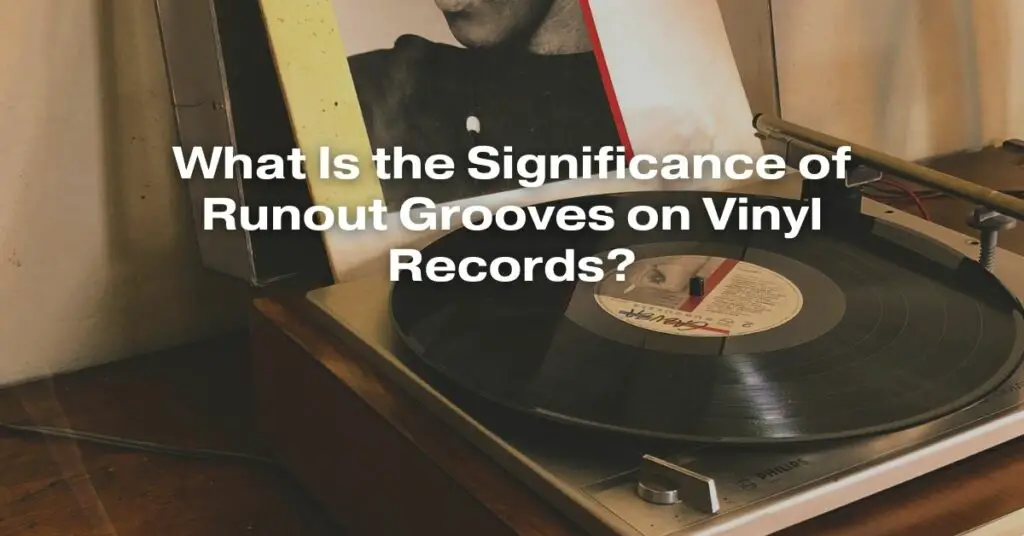In the realm of vinyl records, there lies a fascinating and often overlooked detail – the runout groove. These seemingly inconspicuous markings etched into the outermost edge of a record hold a wealth of information and intrigue, captivating both audiophiles and casual listeners alike. Delving into the significance of runout grooves unveils a world of hidden messages, technical insights, and historical significance.
- A Glimpse into Vinyl History:
Runout grooves, also known as dead wax or end grooves, serve as a physical record of the mastering and pressing process. These grooves contain a unique set of alphanumeric codes, known as matrix numbers, that identify the specific lacquer used to create the master disc from which the record was pressed. These codes provide valuable clues for identifying different pressings of the same album, aiding collectors and enthusiasts in determining the provenance and authenticity of their vinyl treasures.
- Technical Insights and Audiophile Delights:
Beyond their historical significance, runout grooves also offer insights into the technical aspects of vinyl production. The spacing and arrangement of the grooves can reveal information about the cutting engineer’s techniques and the overall quality of the pressing. For audiophiles, analyzing runout grooves can provide clues about potential sonic characteristics of the record, adding another layer of depth to their listening experience.
- Hidden Messages and Artistic Expression:
Adding a touch of intrigue to the vinyl experience, runout grooves have also served as a canvas for hidden messages and artistic expression. Mastering engineers and artists have often used this space to inscribe personal notes, cryptic symbols, or even humorous anecdotes, adding a unique touch to each record. These hidden gems have become sought-after collectibles, adding an element of mystery and excitement to the vinyl collecting community.
- Identifying Different Pressings:
Runout grooves play a crucial role in identifying different pressings of the same album. Variations in matrix numbers, etchings, and spacing can indicate different production runs, mastering engineers, or even different pressing plants. For collectors, these subtle differences can significantly impact the value and desirability of a particular record.
- A Window into Vinyl Culture:
The significance of runout grooves extends beyond their technical and historical value. They represent a tangible connection to the artistry and craftsmanship behind vinyl production, offering a glimpse into the meticulous process that brings music to life on a physical medium. For vinyl enthusiasts, deciphering runout grooves is akin to uncovering hidden treasures, adding a layer of depth and appreciation to their passion for music.
In conclusion, runout grooves are more than just an afterthought in vinyl production. They serve as a repository of information, a canvas for artistic expression, and a testament to the enduring appeal of vinyl records. For those who appreciate the intricacies of music and the physical medium of vinyl, runout grooves offer a fascinating glimpse into the world of music production and the enduring legacy of vinyl records.

